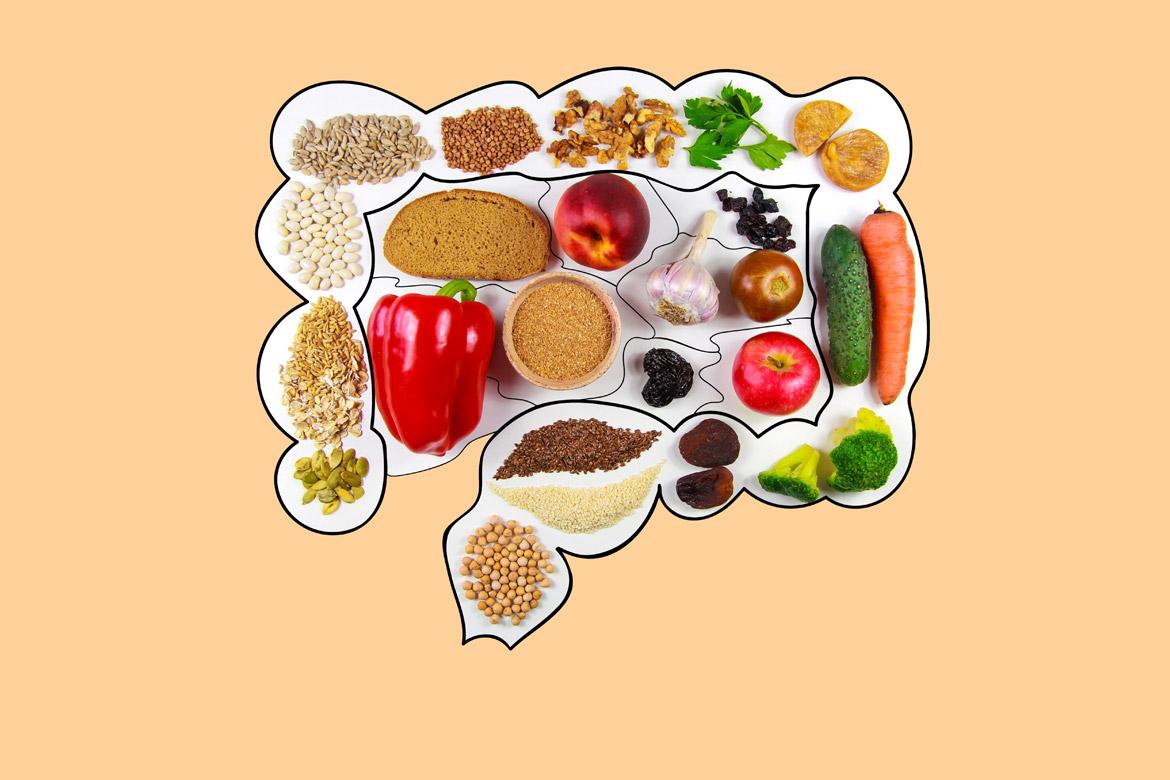
Neuroblastoma
How is neuroblastoma diagnosed?
The following tests may be used to diagnose neuroblastoma:
- Physical examination. The doctor will conduct a physical examination to check for any external signs of neuroblastoma.
- Blood and urine tests. These will check for abnormal values of substances such as chemicals or hormones associated with neuroblastoma.
- Imaging tests. These may include X-rays, ultrasounds, computerised tomography (CT) scans, and MRI. One or more of these may be conducted to get images and find a mass that can indicate a tumour. PET-CT and MIBG scan are more commonly used than most other kinds of imaging for neuroblastoma.
- MIBG (meta-iodobenzylguanidine) scan. This involves injecting a safe radioactive chemical into the child's vein. The substance used is very specific to identifying neuroblastoma cells and can reach areas of the body where neuroblastoma is present.
- Biopsy. A tissue sample is taken from the child’s tumour and is sent for laboratory analysis to confirm the diagnosis of neuroblastoma.
- Bone marrow biopsy. This may be needed if the doctor suspects the cancer has spread to the bone marrow (the soft, spongy tissue found in the centre of most bones). It involves inserting a needle in the lower back or hipbone and drawing out marrow for laboratory analysis. Bone marrow aspiration and biopsy is almost always needed. In a significant proportion of patients, a pathological diagnosis of neuroblastoma can be made without going through tumour biopsy.
How is neuroblastoma treated?
Infants or children diagnosed with neuroblastoma undergo a set of evaluations before being assigned to a risk group.
Depending on the patient's risk group, different combinations of surgery, chemotherapy, peripheral blood stem cell transplantation, radiotherapy and MIBG (meta-iodobenzylguanidine) therapy and immunotherapy may be recommended.
Low-risk neuroblastoma
- Surgery
- Chemotherapy
High-risk neuroblastoma
- Surgery
- Chemotherapy
- Stem cell transplantation
- Radiation therapy
- MIBG therapy
- Immunotherapy
Chemotherapy is often the first treatment. Effective chemotherapy will improve subsequent surgery outcomes.
Surgery for neuroblastoma is usually challenging because critical blood vessels are often encased or trapped within the tumour. Complete surgical resection may risk injury to these blood vessels, leading to organ damage. However, with experienced surgical techniques and a keen understanding of the biological characteristics of neuroblastoma, complete tumour removal can still be achieved.
This coverage checker is brought to you by Health Insured, an online resource that helps you understand your health coverage in Singapore.
This page has been reviewed by our medical content reviewers.
Need help?
For enquiries, please call
+65 6250 0000 (Orchard) or +65 6898 6898 (Novena)
For appointment bookings, please WhatsApp
+65 8111 7777 (Orchard) or +65 8111 5777 (Novena)
 Brain & Spine Care
Brain & Spine Care







